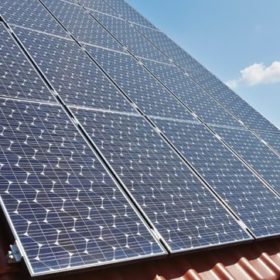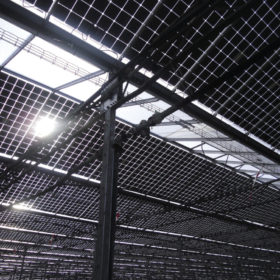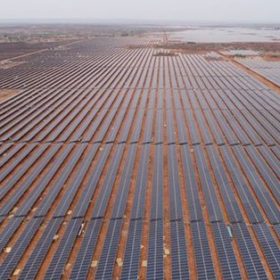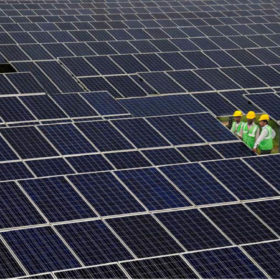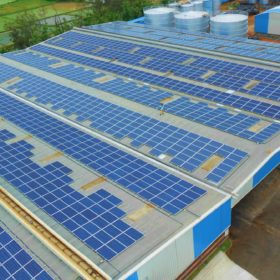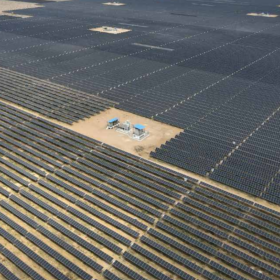Avyan Renewable lowers stake in SunEdison Infrastructure
The Chennai-based steam and hot water supply company will acquire 31% of the rooftop solar installer’s equity share capital, instead of 37.5% as agreed upon in July.
Global bill for replacement inverters and other solar maintenance could hit $9.4bn by 2024
This year will see strong growth for the global PV market, to 114 GW, and that pattern will continue in the years ahead, according to analyst Wood Mackenzie. A report has highlighted soaring inverter replacement costs for PV project owners as a side-effect of the solar success story.
“Solar curtailment in Andhra Pradesh, a willful violation,” NSEFI writes to power minister
Plant load factor for thermal power generators ramped up to 70-80% between July 2019 till date while solar power projects were arbitrarily backed down by more than 60-70% of their operational capacity during the same period.
Goa to roll out 50 electric buses by March
The state bus company had originally sought central government funding for 250 vehicles but was given the green light for the smaller figure. A pre-bid meeting related to the tender is planned on Friday.
Indian Railways tenders 32.56 MWp rooftop solar
The grid-connected projects—to be set up on ‘design-build-finance-operate-transfer’ basis—shall come up at 117 locations of four zonal railways (Eastern, North Central, North Frontier and Northern) and coach production units in Kapurthala and Raebareli. Bidding closes on December 9.
India to fall well short of 175 GW renewables target
A report by Indian ratings agency CRISIL points to a rising rate of tender failures, an inconsistent policy approach from central and state governments and restrictive solar energy tariff caps and says India could have just 104 GW of renewables capacity by 2022.
SECI tenders 500 quantities of solar cooking systems
Bids are invited for design, supply, installation and commissioning of solar home cooking systems in five districts of different states (Meghalaya, Chhattisharh, Jharkhand, Uttar Pradesh and Gujarat). Bidding closes on November 8.
Another bidding extension for 275 MW Uttar Pradesh tender
The state government has set a solar power target of 10,700 MW by 2022 and 23,500 MW by 2030. The latest extension by Solar Energy Corporation of India is second in line for the 275 MW project which was announced in August.
Gujarat tenders for 100 battery-operated school vans
Manufacturers have been invited to compete for the tender by submitting expressions of interest by October 22. The vehicles must be ready to hit state roads by the end of March.
REIL tenders 50 MW ‘RESCO mode’ solar projects across India
November 2 is the bidding deadline for grid-connected rooftop and small solar power plants that shall come up in government buildings across different states and union territories of India.
